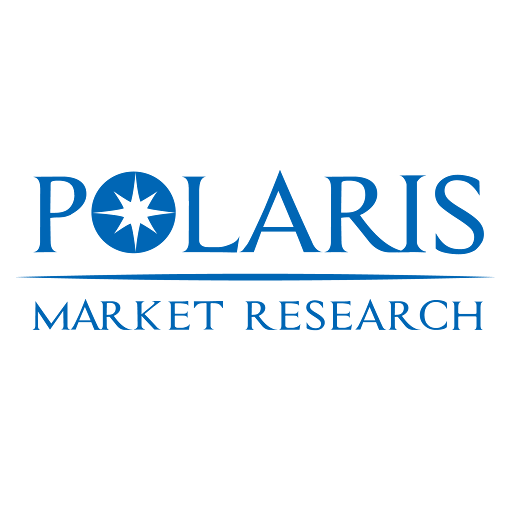Europe Embraces Recycled Gypsum to Meet Green Construction Targets

The global gypsum market, valued at USD 35.34 billion in 2024, is projected to grow at a compound annual growth rate (CAGR) of 6.2% from 2025 to 2034. This trajectory is being shaped by a combination of regional manufacturing trends, evolving regulatory frameworks, and cross-border supply chain dynamics that are redefining market access and production strategies. As demand for construction materials continues to rise—particularly in residential and commercial infrastructure—gypsum is playing a pivotal role in meeting global needs for lightweight, fire-resistant, and acoustically superior building solutions. North America, Europe, and Asia Pacific are emerging as key regional hubs, each influenced by distinct geopolitical, technological, and trade-specific factors that are redefining market penetration strategies and investment flows.
North America, particularly the United States, remains a dominant force in the gypsum market, driven by a strong construction sector and a mature building materials supply chain. The U.S. is one of the largest producers and consumers of gypsum wallboard, with companies such as USG Boral and Saint-Gobain maintaining a strong regional presence. Regulatory support for sustainable building practices, including the Leadership in Energy and Environmental Design (LEED) certification, has spurred the adoption of recycled gypsum and low-emission drywall products. Additionally, the U.S.-Mexico-Canada Agreement (USMCA) has reinforced regional trade flows, enabling seamless movement of raw gypsum and finished products across North America. However, rising labor and material costs are prompting manufacturers to invest in automation and process optimization to maintain margins.
In Europe, the gypsum market is mature but still exhibits steady growth, largely due to well-established construction and renovation activities across the EU. Germany, France, and the U.K. are key contributors, with increasing demand for energy-efficient buildings and interior partition systems. The European Commission’s Green Deal and Circular Economy Action Plan have significantly influenced market dynamics, encouraging the recycling of gypsum from demolition waste and promoting the use of eco-friendly construction materials. Cross-border supply chains in Europe are highly integrated, with centralized production hubs in Germany and Poland supplying markets across the continent. However, supply chain disruptions caused by geopolitical tensions and rising energy costs have introduced volatility into the market.
Read More @ https://www.polarismarketresearch.com/industry-analysis/gypsum-market
Asia Pacific, on the other hand, is emerging as a high-growth region for gypsum, driven by rapid urbanization, government-backed infrastructure development, and expanding real estate markets. China is the largest consumer in the region, with a growing emphasis on prefabricated construction and green building initiatives. The country’s National Development and Reform Commission has mandated the use of sustainable materials in public infrastructure, directly boosting demand for gypsum-based products. India is also witnessing a surge in gypsum consumption, supported by the Pradhan Mantri Awas Yojana (PMAY) housing scheme and the expansion of smart city projects. The region’s market penetration strategies are increasingly focused on localized production, joint ventures, and technology licensing to reduce costs and enhance scalability.
Geopolitical and trade-specific factors are further shaping the global gypsum market. Supply chain disruptions, export restrictions on raw materials, and rising protectionism have prompted companies to diversify sourcing and manufacturing locations. In particular, the U.S.-China trade tensions have led to increased localization of production in North America and Southeast Asia, with companies opting for near-shoring or regional manufacturing to mitigate risks. These regional shifts are not only reshaping the competitive landscape but also reinforcing the importance of regional adaptability in a market increasingly defined by regulatory compliance and strategic resource access.
Competitive landscape:
- Saint-Gobain S.A.
- Knauf Gips KG
- USG Boral Partnership
- National Gypsum Company
- LafargeHolcim Ltd.
More Trending Latest Reports By Polaris Market Research:
North America Crop Protection Chemicals Market
Artificial Intelligence (Ai) In Food & Beverages Market
- Information Technology
- Office Equipment and Supplies
- Cars and Trucks
- Persons
- Books and Authors
- Tutorials
- Art
- Causes
- Crafts
- Dance
- Drinks
- Film
- Fitness
- Food
- Juegos
- Gardening
- Health
- Home
- Literature
- Music
- Networking
- Other
- Party
- Religion
- Shopping
- Sports
- Theater
- Wellness



